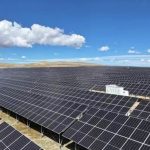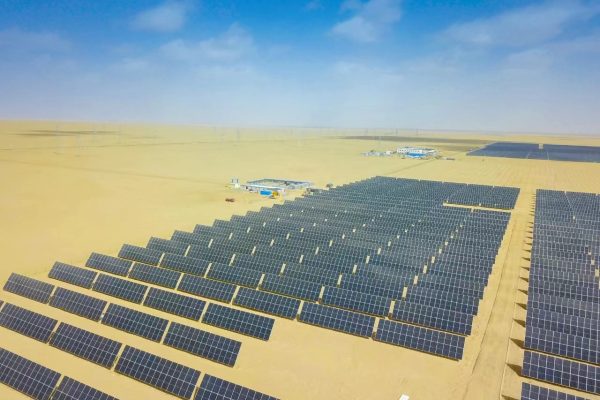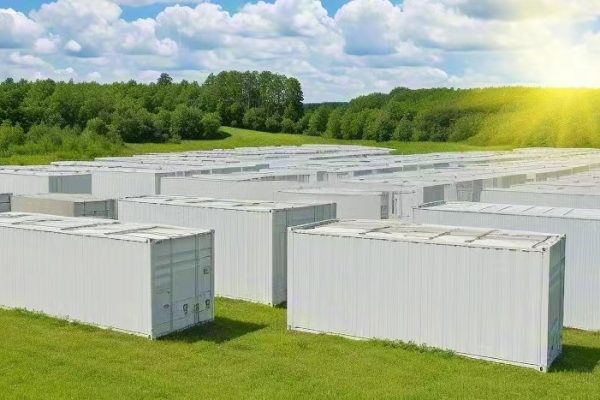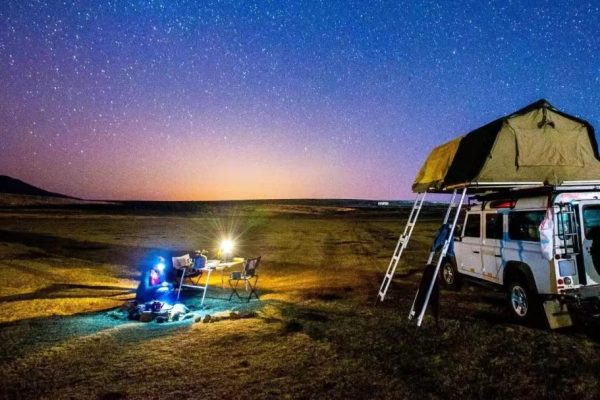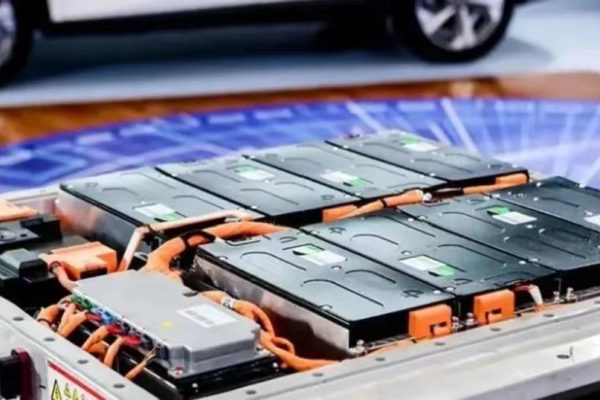Why Thermal Management Matters in Real-World Installations
Heat Is the Silent Killer of Inverters
Wall-mounted hybrid inverters are widely used in residential and small commercial energy systems due to their compact footprint, all-in-one design, and ease of installation.
But what many installers and system owners overlook is this:
Heat is the #1 silent killer of electronic power devices — especially for enclosed, wall-mounted hybrid inverters that combine multiple functions (DC-AC conversion, MPPT, BMS communication, sometimes even EMS or battery charging) in one body.
Without proper thermal management, your 5kW inverter might:
- Throttle its power output to protect itself
- Suffer shortened component lifespan
- Or even fail prematurely due to continuous high internal temperatures
This article covers practical heat dissipation strategies for hybrid inverters — especially in small-scale solar + storage installations where passive cooling is often overlooked.
1. Why Hybrid Inverters Generate Heat
Hybrid inverters combine multiple high-power electronic processes, including:
- DC to AC conversion (inversion)
- MPPT for PV optimization
- AC-DC charging (from grid to battery)
- Internal communication (CAN, RS485)
- Battery and grid management logic
Each of these involves semiconductors switching rapidly, generating heat through:
- Switching losses (in IGBTs or MOSFETs)
- Conduction losses in power circuits
- Magnetic core losses in transformers (if present)
- Resistance in wiring and connectors
The result: Even with 95–98% efficiency, a 5kW inverter may still produce 100–250W of heat during peak operation.
In a poorly ventilated room or sun-facing wall, that heat accumulates quickly.
2. Key Risks of Poor Heat Dissipation
Let’s make this clear: hybrid inverters can self-protect by throttling power or shutting down.
But the side effects of sustained high temperature include:
| Risk | Consequence |
|---|---|
| Component degradation | Shorter inverter lifespan |
| Thermal throttling | Reduced AC output or charging power |
| Sudden shutdown under load | Load disruptions or battery over-discharge |
| BMS/inverter communication issues | Caused by heat-related processor instability |
| Warranty rejection | If installed in violation of cooling guidelines |
So prevention isn’t just about performance — it’s about protecting your investment.
3. Wall-Mounting: Advantages and Thermal Challenges
Wall-mounted hybrid inverters offer clear advantages:
- Easy installation
- No floor space required
- Clean visual profile
- Direct cable routing from batteries and PV
But these advantages come with challenges:
| Challenge | Impact |
|---|---|
| No airflow behind unit | Rear heat builds up |
| Sun-facing walls | Inverter absorbs additional heat |
| High ambient temperatures | Fans work harder or become ineffective |
| Indoor garage or utility room | May trap heat without ventilation |
Most wall-mount inverters rely on natural convection or internal fans — both vulnerable to installation conditions.
4. Effective Heat Dissipation Strategies
✅ a. Choose an Inverter with Strong Thermal Design
When sourcing hybrid inverters, look for:
- Internal temperature sensors with auto-throttling logic
- Die-cast aluminum enclosures with heatsink fins
- Built-in dual-speed fans or intelligent airflow control
- Thermal derating curves clearly shown in the datasheet
- Wide operating temp range (ideally -20°C to +60°C)
Some premium inverters offer IP65 protection + fan cooling + heat sink — the best combo for tough conditions.
✅ b. Follow Manufacturer’s Mounting Guidelines
Most brands specify:
- Clearance above and below the inverter (usually 20–50 cm)
- Vertical mounting only to allow air convection
- Avoiding direct sunlight or installing shading above
- Not mounting above other heat-producing equipment
Tip: Never mount the inverter flush to a wall without an air gap — heat will accumulate quickly.
✅ c. Enhance Ventilation in Small Spaces
If your inverter is installed in:
- A utility closet
- A garage with poor airflow
- A cabinet or enclosed box
Then consider:
- Adding ventilation grilles at top and bottom
- Installing a low-noise exhaust fan to promote air exchange
- Leaving cabinet doors open during daytime operation
If your ambient air is already 35°C+, then even basic airflow can prevent overheating.
✅ d. Consider External Heat Management
For very hot locations (Africa, Middle East, tropical Asia), additional steps may be warranted:
- Install a shade canopy to reduce direct solar heating
- Use light-colored walls or reflectors to lower surface temps
- Install a low-wattage AC fan near the inverter (especially indoors)
- Use heat-resistant conduit to prevent thermal losses in cables
In extreme cases, we’ve seen small fans run on DC timers to cool inverter enclosures — costing under $20 but extending life.
5. Installer Tips for Long-Term Thermal Safety
| Tip | Why It Matters |
|---|---|
| Mount inverters at shoulder height | Avoids hot ceiling air or ground dust |
| Route battery and PV cables neatly | Reduces heat buildup from wiring losses |
| Keep battery units slightly spaced | Prevents block heat transfer |
| Run a thermal test after commissioning | Use FLIR or temp gun during full load |
Many installers forget: Even a clean, technically correct installation can fail if thermal constraints are i
Good Thermal Practice = Better System Uptime
A wall-mounted hybrid inverter may look simple on the wall — but internally, it’s a complex machine that handles kW-level energy flows every day.
If you:
- Install it in direct sun
- Block airflow around it
- Or ignore internal heating
Then even a premium inverter will degrade faster, trip more often, or fail early.
But with:
- Good spacing
- Proper shading
- Smart airflow design
- And a thermally rated product
You’ll get years of reliable performance and avoid one of the most frustrating — and avoidable — inverter issues in the field.



